 |
 |
 |
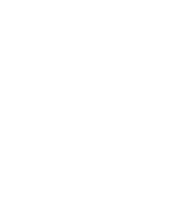
|
Complét, dress and coat with belts and with matching hat, design Jean Voigt, Denmark, 1960s
Photo ©Pernille Klemp
|
|
 |
Fashion & Fabric
5 December 2014 sees the opening of the exhibition, Fashion & Fabric
- New exhibition gives you 400 years’ history of fashion and textiles
From Hedebo needlework and hair-on-silk embroidery to haute couture. Embark on an exciting journey into the history of fashion and textiles, when Designmuseum Danmark unveils its new exhibition, Fashion & Fabric. This is an opportunity to witness 18th-century Rococo dresses, Holger Blom creations in duchesse satin, a wealth of quirky, fun accessories, contemporary fashion stars such as Anne-Sofie Madsen and Henrik Vibskov and textile design by the likes of Marie Gudme Leth and Lis Ahlmann.
|

|
Posted 6 December 2014
|
Share this:
|
|
This is the first time in the Museum’s approx. 125-year history that it has been able to open a permanent fashion and textile exhibition. It is a treasure trove of fashion, textiles and accessories dating from the 18th century to the present day.
|
|
|
|
|
|
|
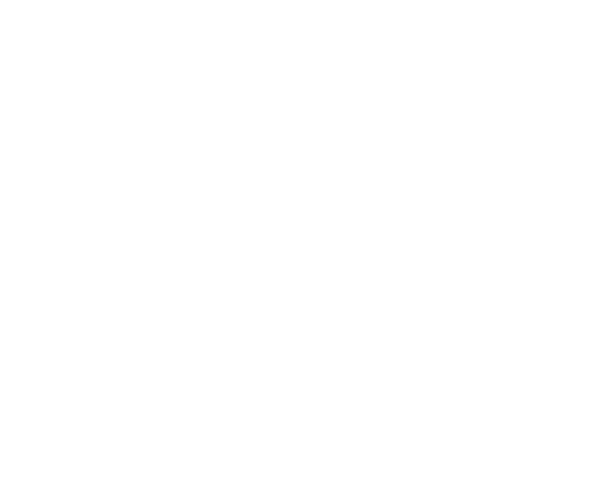
Purse, embroidered printwork, Denmark, 1820
Photo ©Pernille Klemp
|
|
|
|
|
|
The exhibition’s curator, Keeper Kirsten Toftegaard, says: “Every item contains a story and has been carefully selected with the aim of providing our visitors with an idea, not only of what history has considered to be good design, but also, of course, why. We want this exhibition to show the connection between fashion and textile on numerous levels. We want to educate our visitors about Danish fashion and textile design, a field, which is currently enjoying international recognition.”
Fashion & Fabric is a permanent exhibition, and the Museum will regularly schedule classes and events to provide many different perspectives on fashion and textile.
|
|

|

|

|
The textile collection, which dates back further than the museum’s fashion collection, represents peak achievements in most areas of textile art from the Renaissance until today. The largest collections deal with Danish embroidery, weaving and textile printing from the 20th century. In addition, the collection contains textiles in most techniques, especially from Europe and Asia, from various time periods. This includes tapestries, French and Italian silk fabrics, folk weaving, embroidery from around the world, bobbin lace, batik and ikat weaving. Two of the finest specimens in the collection are the museum’s unique collection of Danish hedebo embroidery from the 18th-20th century and two tapestries from the mid-20th century based on cartoons by the French painter Henri Matisse.
|
|
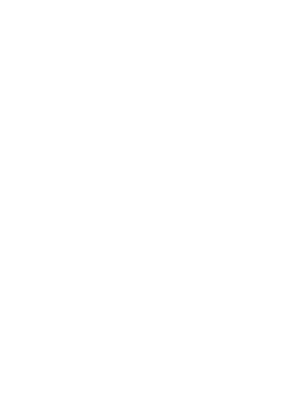
Quilted wedding morning dress in silk, Denmark, 1770-80
Photo ©Pernille Klemp
|
|
|
|
|
|
|
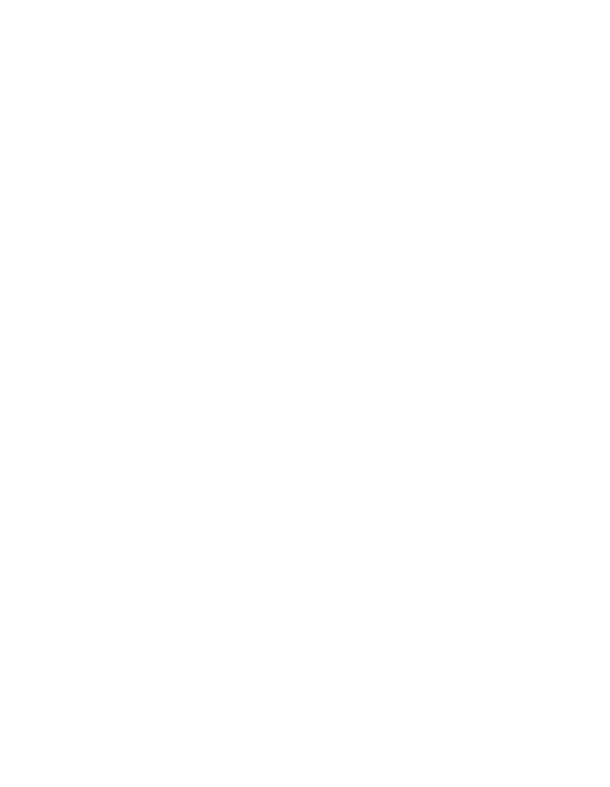
Embroidered evening dress with ostrich feathers, design Erik Mortensen, Balmain, France, winter collection 1986-1987
Photo ©Pernille Klemp
|
|
|
|

|

|

|
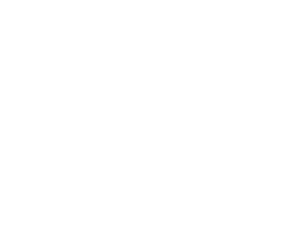
Coatdress, fabric design Vibeke Klint, apparel design Alice Mogensen, Denmark, 1970s
Photo ©Pernille Klemp
|
|
The main emphasis of the fashion collection is on Danish women’s fashion from the 20th century. The most prominent parts of the collection are fine Danish tailor-made fashion from the 1930s-1960s, Erik Mortensen’s collection of haute couture dresses from the Paris fashion houses of Balmain and Jean-Louis Scherrer, Danish ready-made fashion from the 1960s, one-off clothes by 20th-century designers and works by selected active Danish fashion designers, including designs by Jan Machenhauer, Elise Gug, Ivan Grundahl, Nørgaard paa Strøget, Anne Damgaard, Laura Baruël, Nikoline Liv Andersen, Henrik Vibskov and Peter Jensen. The collection also includes a small but very fine collection of historical fashion from the 1700s and 1800s. Most of the historical clothing was originally collected for its textile values, but today it can also be seen as representations of the varying fashion styles and concepts of beauty over the ages.
In the museum’s collection efforts for the period of 2012-2017, the goal is to strengthen the existing areas of the fashion and textile collection with particular emphasis on 20th-century Danish fashion design, sustainable and socially responsible fashion and textile design and examples of the use of smart textiles in designs of a high artistic quality
|
|
|
|
|
|
The permanent collection features a special textile study room with a permanent exhibition supplemented by varying temporary exhibitions. The room was designed in the early 1960s by the Danish furniture designer Børge Mogensen. The interior is still intact and makes up the core of the room. Drawers with glass lids offer access to a selection of the objects in the textile collection.
The history of the fashion and textile collection
Historically, the museum’s efforts in the fields of fashion and textile design have varied. Given the museum’s traditional focus on crafts and design and the related technologies in materials such as wood, glass, clay, metal and fibres, textile has been a natural focus area ever since the founding of the museum in 1892. The efforts to collect fashion design are a more recent activity, which became more intensified in the early 2000s. Clothes have been added to the collection continuously throughout the history of the museum but mostly in cases where the textile itself was seen to represent important design and artistic values.
There were more intensive efforts to collect selected categories of clothing during the first half of the 1930s, when the focus was on collecting historical clothing from the period of 1750-1880. In the 1980s, efforts to collect both historical and contemporary clothing were similarly intensified. For both periods, the museum’s records reveal that the collection effort had textile qualities and production techniques as its main criteria. This practice changed in the 1990s, and today the criteria are more specifically concerned with clothing as a whole and its fashion design qualities. The inclusion of the Spanish-Italian artist and textile designer Mariano Fortuny’s (1871-1949) pleated dress ‘Delphos’, which was put into production in 1909, is a case in point.
|
|

|

|

|
As for the museum’s exhibition activity in the field of fashion and textile design, there have over the years been several historical textile and clothing exhibitions based on the museum’s collections. Prominent examples include the exhibitions Alverdens Broderier (Embroidery from around the world; 1983) and Pragt & Poesi. Kniplinger gennem 400 år (Splendour and poetry. Four centuries of bobbin lace; 1991) and Rococo-mania (2012). Fashion exhibitions at Designmuseum Danmark have often featured borrowed objects. The popular touring exhibition Théâtre de la Mode, which was shown at the museum in 1946, had been put together by Paris fashion houses. Later, in 1988, the museum cooperated with L’Union des Arts Décoratifs in Paris to stage the special exhibition Stjerner i fransk mode (Stars in French Fashion) based on borrowed objects, including some from the Paris museum Musée de la Mode et du Textile. In 2007 the museum presented the exhibition Marimekko – the story of a Nordic brand, which was based on the collections of textile and fashion at the Design Museum in Helsinki. In 2010 the museum curated the special exhibition Walk on the Wild Side. Margit Brandt Design 1965-1980, which was mainly based on objects from Margit and Erik Brandt’s private archives.
|
|
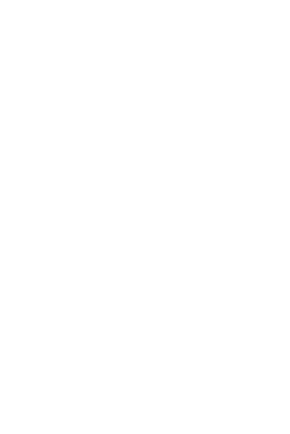
Skirt and top, design Anne Sofie Madsen, Denmark, autumn/winter collection ‘Sirens of Chrome’, 2013
Photo ©Pernille Klemp
|
|
|
|

|

|

|
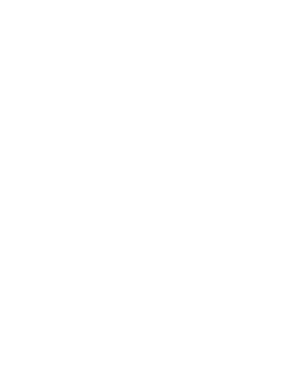
Pleated dress, ‘Delphos’, design Mariano Fortuny, Italy, ca. 1910-1920
Photo ©Pernille Klemp
|
|
About Designmuseum Danmark’s fashion and textile collection
Designmuseum Danmark has one of the country’s most extensive collections of fashion and textiles with thousands of items, ranging from historical garments dating back to the 18th century to contemporary couture (tailoring) from the likes of designers such as Denmark’s Anne Sofie Madsen.
Opening hours and closed days
Tuesday – Sunday, 11 am – 5 pm, Wednesdays 11 am- 9 pm, Monday closed
Closed: 1 January, Easter Monday, Whit Monday, 24, 25, 26 and 31 December
Designmuseum Danmark
Bredgade 68
DK-1260 København K
+45 (0)33-185656
info @ designmuseum.dk
http://designmuseum.dk
|
|
|
|
|
|
|
|
|
|


